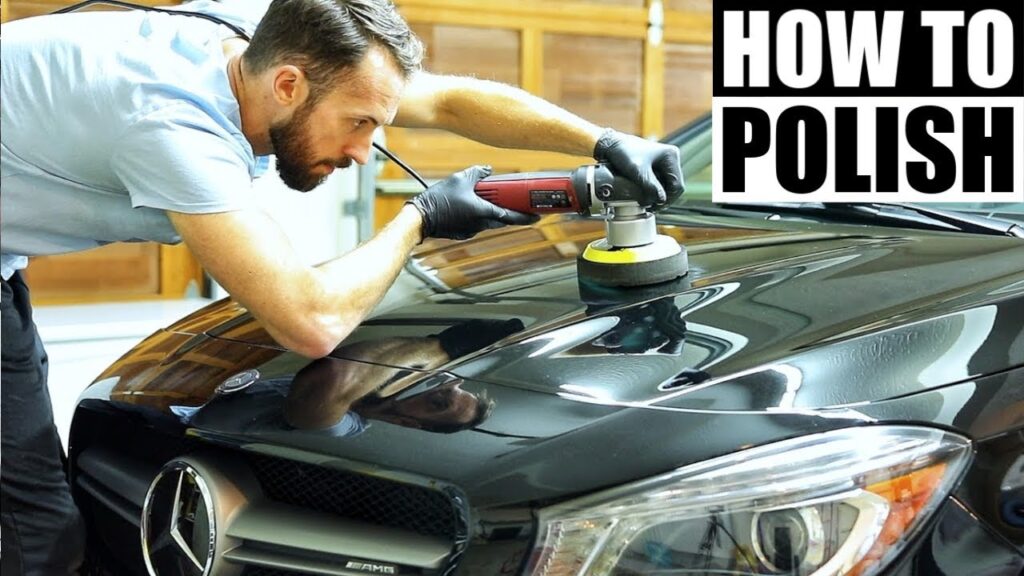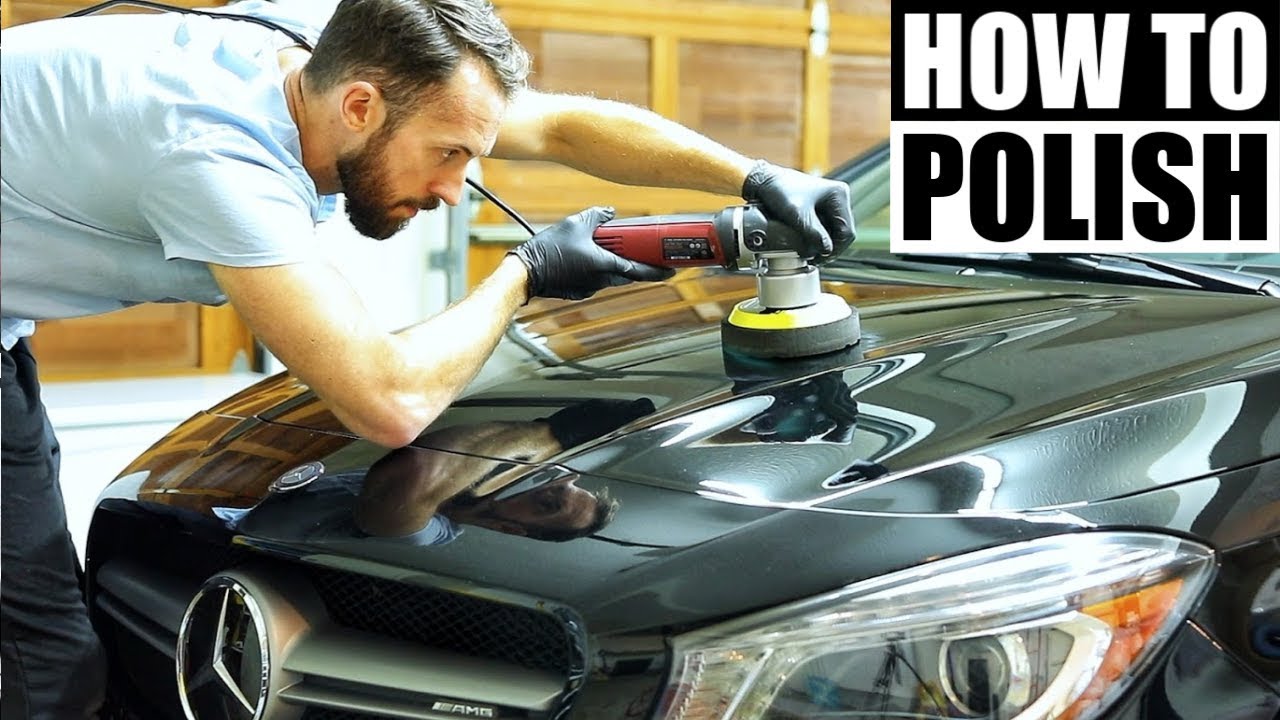
Buffing Paint Off Car: Avoiding Costly Mistakes and Achieving a Perfect Finish
Buffing your car’s paint can restore its shine and remove imperfections, but it’s a delicate process. One wrong move, and you could end up buffing paint off car, leading to costly repairs. This article provides a comprehensive guide on how to avoid this common mistake and achieve a professional-looking finish. We’ll cover the tools, techniques, and precautions necessary to buff your car’s paint safely and effectively. Understanding the nuances of paint correction is crucial to preserving your vehicle’s appearance and value.
Understanding Car Paint and Clear Coat
Before diving into the buffing process, it’s essential to understand the layers of paint on your car. Most modern vehicles have a base coat of color and a clear coat on top. The clear coat protects the color coat from UV rays, scratches, and other environmental damage. When you’re buffing, you’re primarily working on the clear coat. If you’re too aggressive, you risk buffing paint off car, exposing the color coat or even the primer underneath.
The Role of Clear Coat
The clear coat’s thickness varies depending on the manufacturer and model of the car. Generally, it’s a thin layer, often less than 2 mils (0.002 inches) thick. This is why it’s crucial to be cautious when buffing. Over-buffing or using too abrasive of a compound can quickly remove the clear coat, leading to irreversible damage. Always start with the least aggressive approach and gradually increase the aggressiveness only if necessary.
Identifying the Need for Buffing
Not every car needs buffing. It’s essential to assess the condition of your car’s paint before you start. Common reasons to buff a car include:
- Removing swirl marks and light scratches
- Correcting paint imperfections like oxidation and water spots
- Restoring shine and gloss to faded paint
- Preparing the surface for waxing or sealing
If your car’s paint is in relatively good condition with only minor imperfections, you may only need a light polish. However, if you have deeper scratches or significant oxidation, you may need a more aggressive compound. Always test a small, inconspicuous area first to see how the paint reacts. This will help you avoid buffing paint off car on a larger scale.
Tools and Materials Needed
Having the right tools and materials is essential for a successful buffing job. Here’s a list of what you’ll need:
- Dual-action (DA) polisher: A DA polisher is generally safer for beginners than a rotary polisher because it’s less likely to cause swirl marks or burn through the paint.
- Buffing pads: You’ll need a variety of pads, including cutting pads for removing scratches, polishing pads for refining the finish, and finishing pads for applying wax or sealant.
- Compounds and polishes: Choose compounds and polishes specifically designed for automotive paint. Start with a less aggressive polish and only move to a more aggressive compound if necessary.
- Microfiber towels: Use high-quality microfiber towels to wipe away compound and polish residue.
- Detailing clay: Claying the paint removes embedded contaminants and prepares the surface for buffing.
- Masking tape: Use masking tape to protect trim, emblems, and other areas you don’t want to buff.
- Good lighting: Proper lighting is crucial for identifying imperfections and monitoring your progress.
- Paint thickness gauge (optional): A paint thickness gauge can help you determine how much clear coat you have to work with and avoid buffing paint off car.
The Buffing Process: Step-by-Step
Here’s a step-by-step guide to buffing your car’s paint:
Step 1: Wash and Decontaminate the Car
Start by thoroughly washing your car to remove dirt and grime. Then, use detailing clay to remove any embedded contaminants. This will ensure a smooth surface for buffing and prevent scratches.
Step 2: Tape Off Sensitive Areas
Use masking tape to protect trim, emblems, and other areas you don’t want to buff. This will prevent damage and make the buffing process easier.
Step 3: Test a Small Area
Before buffing the entire car, test a small, inconspicuous area to see how the paint reacts to the compound and pad you’ve chosen. This will help you avoid buffing paint off car on a larger scale. Start with the least aggressive combination and gradually increase the aggressiveness if necessary.
Step 4: Apply Compound or Polish
Apply a small amount of compound or polish to the buffing pad. Spread it evenly over the pad and then apply it to the car’s surface. Work in small sections, overlapping each pass by about 50%.
Step 5: Buff the Paint
Turn on the polisher and move it slowly and steadily over the surface. Apply moderate pressure and keep the pad flat against the paint. Avoid staying in one spot for too long, as this can generate heat and damage the paint. If you’re using a DA polisher, let the machine do the work. Don’t force it or apply excessive pressure.
Step 6: Wipe Away Residue
After buffing each section, wipe away the compound or polish residue with a clean microfiber towel. Inspect the surface for any remaining imperfections. If necessary, repeat the process with a more aggressive compound or pad.
Step 7: Polish the Paint
After compounding, use a polishing pad and a less aggressive polish to refine the finish and remove any swirl marks left by the compound. This will enhance the shine and gloss of the paint.
Step 8: Apply Wax or Sealant
Finally, apply a coat of wax or sealant to protect the paint and enhance its shine. This will also help to repel water and dirt, keeping your car looking its best for longer.
Avoiding Common Mistakes
Several common mistakes can lead to buffing paint off car. Here are some tips to avoid them:
- Using too aggressive of a compound or pad: Always start with the least aggressive approach and gradually increase the aggressiveness only if necessary.
- Applying too much pressure: Let the polisher do the work. Don’t force it or apply excessive pressure.
- Staying in one spot for too long: Keep the polisher moving to avoid generating heat and damaging the paint.
- Using a dirty pad: Clean your buffing pads regularly to remove accumulated compound and polish residue.
- Buffing in direct sunlight: Buffing in direct sunlight can cause the compound or polish to dry too quickly, making it difficult to remove and potentially damaging the paint.
- Ignoring paint thickness: If you’re unsure about the thickness of your car’s clear coat, use a paint thickness gauge to measure it. This will help you avoid buffing paint off car.
When to Seek Professional Help
While buffing your car’s paint can be a rewarding DIY project, there are times when it’s best to seek professional help. If you have deep scratches, significant oxidation, or are uncomfortable using a polisher, it’s best to consult with a professional detailer. They have the experience and expertise to safely and effectively restore your car’s paint without risking damage. Attempting to fix severe paint damage yourself could result in buffing paint off car and causing even more extensive and costly damage.
Maintaining Your Car’s Paint After Buffing
Once you’ve buffed your car’s paint, it’s essential to maintain it properly to prevent future damage. Here are some tips:
- Wash your car regularly: Wash your car at least once a week to remove dirt and grime.
- Apply wax or sealant regularly: Apply a coat of wax or sealant every few months to protect the paint and enhance its shine.
- Avoid harsh chemicals: Use car-specific cleaning products and avoid harsh chemicals that can damage the paint.
- Park in the shade: Park your car in the shade whenever possible to protect it from UV rays.
- Address scratches and imperfections promptly: If you notice any new scratches or imperfections, address them promptly to prevent them from worsening.
By following these tips, you can keep your car’s paint looking its best for years to come. Remember, preventing damage is always easier and less expensive than repairing it.
Conclusion
Buffing your car’s paint can be a great way to restore its shine and remove imperfections. However, it’s essential to approach the process with caution and follow the steps outlined in this article to avoid buffing paint off car. By understanding the tools, techniques, and precautions involved, you can achieve a professional-looking finish and keep your car looking its best. If you’re unsure about any aspect of the process, don’t hesitate to seek professional help. A little knowledge and care can go a long way in preserving your vehicle’s appearance and value. Remember to always prioritize safety and take your time to ensure a flawless result. [See also: Car Detailing Tips for Beginners] and [See also: Best Car Waxes and Sealants].

